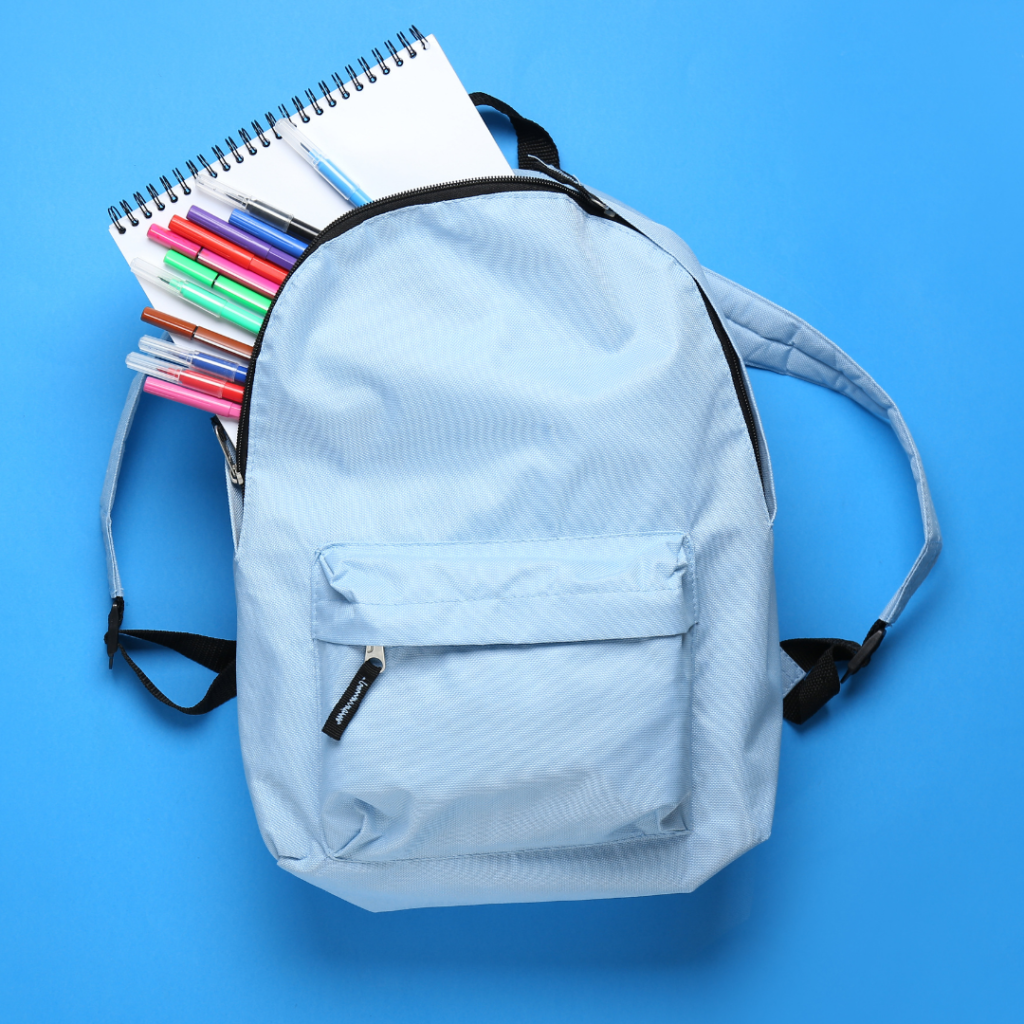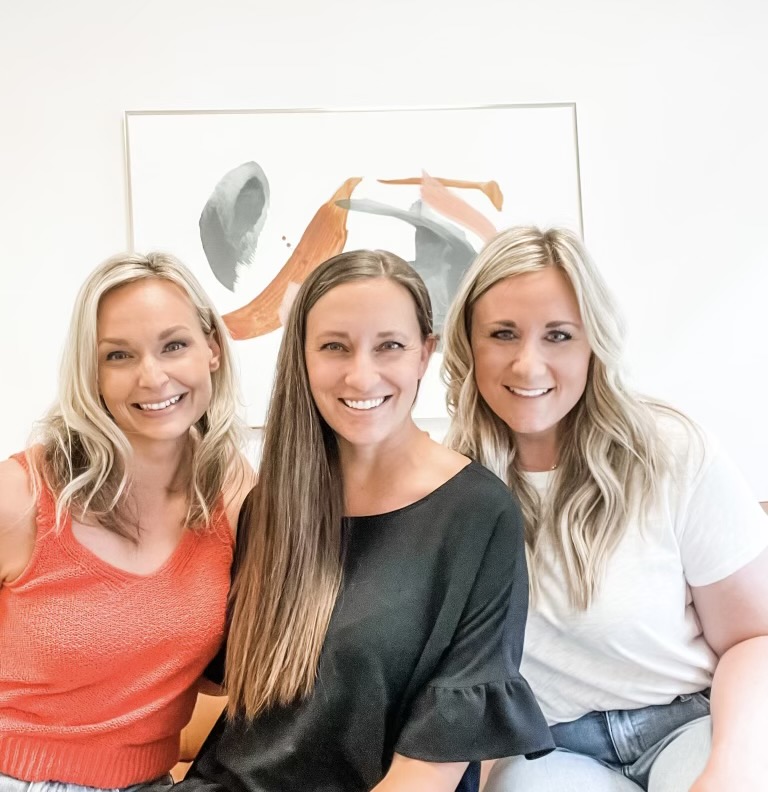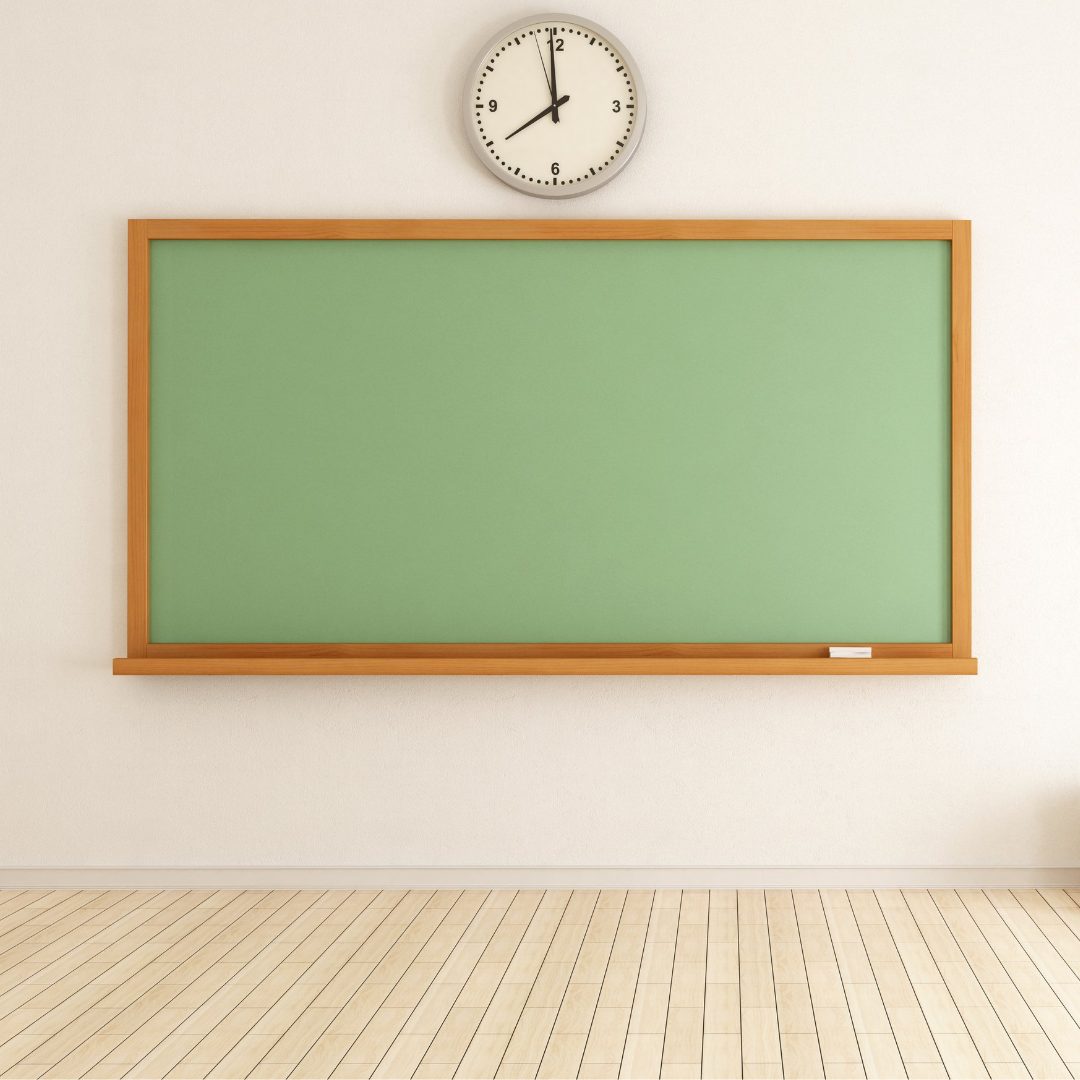Frequent blurting out and noises can put a significant strain on the teacher-student relationship! So it’s no wonder we get this question from teachers often…
“How do I manage blurting out in my classroom?”
If you parent a child with ADHD, teachers may ask for your ideas and suggestions. We know it can be overwhelming to think of accommodations and strategies to help your child when you can’t be with them at school! Here are a few of our favorite tips to share with your child’s team!
Start with a reframe. Keep in mind these students do not want to be “naughty.” Most blurting and sound effects are not purposeful misbehavior. Instead, these children are either missing a skill (delayed executive function resulting in challenges with impulse control), or the noises serve a crucial self-regulatory function. Of course, the other children in the class must be able to learn, too, so we want to share some of our favorite classroom strategies for blurting and extra noise.
Try these strategies:
Prevent the blurts. Call on the student proactively when you know they are eager to contribute or participate.
Use a secret signal. Develop a “secret signal” to communicate discreetly to the student that you “see” them and will be with them soon.
Avoid Punishment. Punishment will not teach a new skill or meet an underlying need, such as self-regulation or focus.

Praise publicly and correct privately. This is incredibly important to preserve a child’s self-esteem, as well as their relationships with peers.
Create Alternatives. For some students, the sounds serve a purpose in helping them self-regulate. You can brainstorm creative alternatives to the noises that are less distracting to peers but still serve the important purpose of helping with regulation.
Make it a game! How long can the student go without a blurt or a noise? Give the student a tally on a note on their desk every interval without a noise. When the goal is met, the student earns something special, like telling the class a joke or serving as a teacher’s helper.
Keep a Notebook. If the student loves to share their thoughts often, have them write down the thought in a journal so they don’t forget. At a specified time each day, give the student the opportunity to share any thoughts written in their journal with you.
Please share with us! Are there other classroom strategies for blurting that have helped your child with ADHD at school? If you parent a child with ADHD, we are here to support you! We have an online course about helping children with ADHD thrive at school: Shining at School. In this course, we walk you through the best ways to support your child at school.
Have a beautiful week,
Katie, Lori, and Mallory







I would love a few examples of alternatives to self regulating through making noises.
Fidgets, wiggle seats, or movement breaks can all help kids regulate in the classroom!